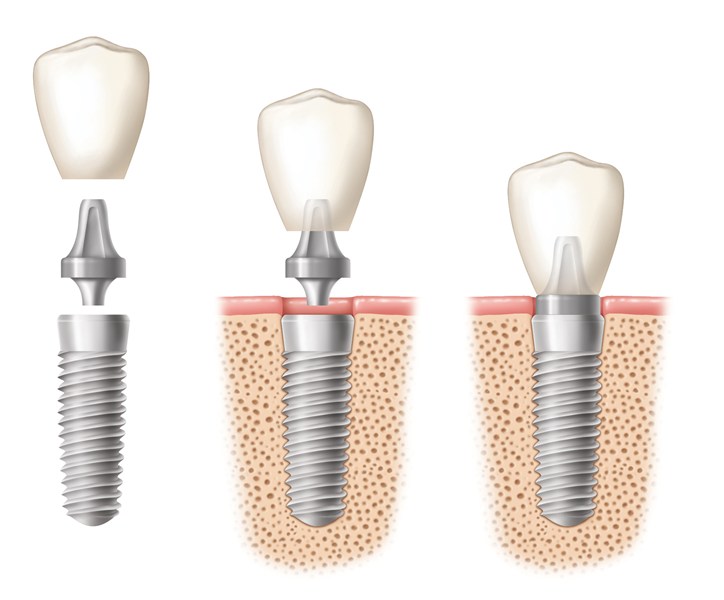Titanium rods can have different lengths and diameters. There is always an ideal size and diameter to be used for a missing tooth. This depends on the location of the missing tooth and also the amount of load and pressure the implant is expected to receive at the end (after crown placement).
Three factors will determine whether you will need a bone graft or not.
- The correct 3-D position of the implant
- The ideal size and diameter of the implant for you
- The amount of bone volume available in your jaw (at the site of missing tooth)
Placement of an implant in an incorrect position can compromise the longevity of the implant. Also, the use of an inappropriate size and diameter of an implant can potentially lead to overloading. An overloaded dental implant is subject to mechanical (fracture) and/or biological complications, over time.
Therefore, depending on the correct position of the implant and the correct diameter of the implant and the amount of available bone in your jaw, your specialist will decide if a bone graft is necessary for you or not. If the amount of required bone graft is going to be of a large volume, the graft is done first and the implant is placed 6 to 12 months later.

